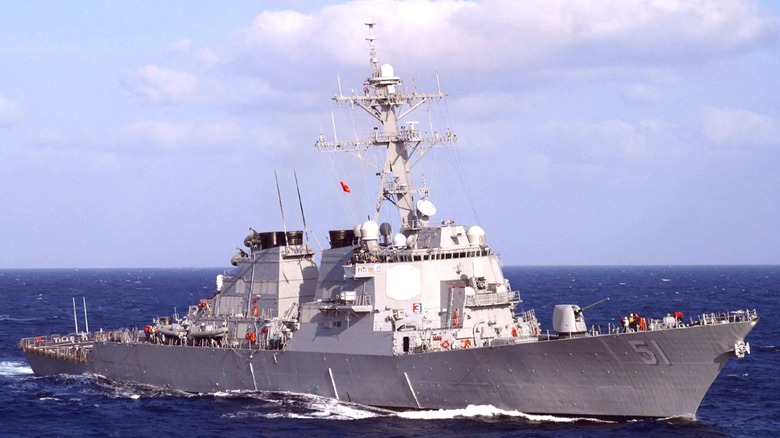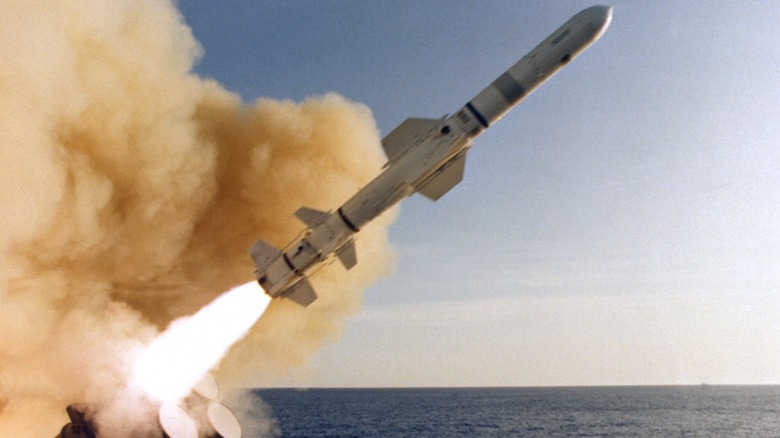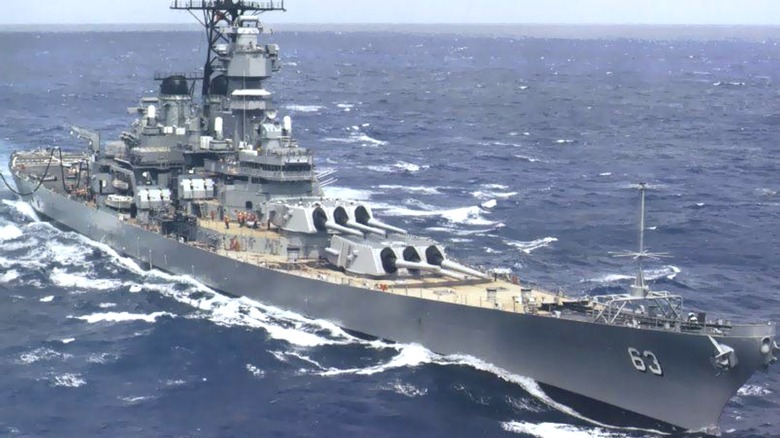Why Aren't Modern Warships Armored?
For much of human history, there's been a technology-based arms race when it comes to developing and using armor. Knights wore armor about their entire bodies, but the advent of firearms in warfare made it moot. Eventually, the equipment took a step forward, and armor could stop or deflect bullets while providing some protection against shrapnel and concussive forces. To counter this, munitions became more powerful. The race continues with incremental steps like that, and it's not limited to the armor soldiers wear.
Ships have also sported armor at times, and there has been some give and take in the manner described above. As cannons and more complex incendiary shells became popular, ship designers realized they needed to armor their vessels. So the ironclad was born, and navies around the world began fastening thick sheets of wrought iron and steel onto hulls or sensitive areas to protect them from destruction.
Once again, weapons technology reared its ugly head, and naval armor disappeared. The reason is fairly simple: the development of guided missiles and torpedoes rendered most naval armor completely ineffective. Moreover, by getting rid of the heavy, thick plates of armor on modern navy warships, navies have improved their vessels' speed and maneuverability. So naval armor isn't necessary because it's expensive to purchase and maintain, it's ineffective against modern arms, and using it offers a net negative to warfighters — at least for now.
Torpedoes and missiles rendered armor unnecessary
The technology behind armor has evolved, and while composite armor and reactive armor systems work well for something like a tank or self-propelled artillery, they don't for ships. That's because modern guided missiles and heavy anti-ship missiles are more than capable of tearing through and destroying modern naval armor.
On top of that, during World War II, torpedoes detonated on the sides of ships, so the ships featured thick armor there. Modern torpedoes don't work this way. Instead, they detonate 3 feet before impact, often causing widespread destruction to sensitive parts of a ship. So armor was removed, as it no longer served the purpose for which it was designed. Instead of thick sheets of armor, modern naval vessels employ stealth, electronic countermeasures, and active defense systems to counter threats. You don't need to add several thousand tons of armor to a ship when can shoot missiles out of the sky from miles away.
Still, while we no longer add armor to our warships like we did in the past, they aren't entirely devoid of protection. During World War II, Iowa-class battleships like the most decorated U.S. battleship, the USS New Jersey sported armor plates 12 and 17 inches thick. Modern armor is used more sparingly around sensitive parts of the vessel and is only about 1 to 2 inches thick. It's used to contain potential damage in sensitive areas of the ship but doesn't provide any direct protection from missiles or torpedoes.
When we stopped armoring modern warships
Naval armor was of paramount importance during World War II, but began to fade out of use soon after the conflict ended. Advances in weapons technology altered the manner in which navies fought wars and how their ships were designed. The battleship was no longer the Navy's workhorse once guided missiles became available. These weapon systems proved capable of negating whatever armor a ship threw up in its defense, so it became pointless to continue adding expensive, heavy armor to new ships.
The last U.S. Navy battleship built — and it was built with armor – was the USS Missouri (BB-63), launched in 1944. All U.S. ships constructed thereafter had light or no armor installed. Across the pond, it took a bit more time as the British HMS Vanguard, another type of battleship, was commissioned in 1946, as armored as its predecessors. As the navies of the world began transitioning to aircraft carriers and guided missile destroyers and nuclear submarines, armor was phased out almost completely.
Like any change to military technology, it was a gradual process that happened at different times for different nations over the decades that followed the end of World War II. Some in the U.S. Navy question the abandonment of armor, and given how its use has waxed and waned throughout history alongside weapons advancement, it's possible the Navy may one day return to adding more robust armor to its warships.


